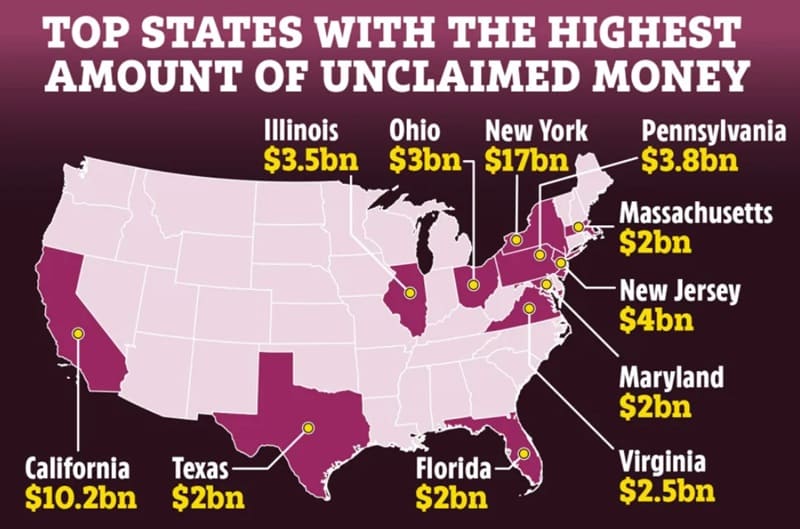Whether you’re new to real estate investing or are a seasoned veteran, it’s really important to understand the impact of interest rates. These rates have sway over almost everything when buying or selling property and can often dictate whether new projects can move forward.
However, if you know what to look for, interest rates can also be a variable you can use to make smarter, more profitable decisions as you expand your real estate portfolio. This can make the difference between purchasing great investments and having a property you’re unable to sell long-term.

What Are Interest Rates and How Do They Work?
The federal banks dictate interest rates. These rates serve as a baseline benchmark for calculating borrowing costs with other financial institutions. If these rates change up or down, it can have a domino effect that impacts how all lenders handle loan applications for home purchases, credit cards, and other forms of financing.
As interest rates rise, borrowing costs increase. On the flip side, when rates are reduced, it becomes easier for individuals to gain access to new loans, typically increasing property sales and increasing their value due to demand.
How Interest Rates Can Impact Real Estate Investment Decisions
Changes Mortgage Costs
Higher interest rates typically mean that homebuyers don’t have the same financing flexibility. Because of this, they have larger monthly mortgage payments and housing costs have a deeper impact on budgets.
Because interest rates are dynamic and aren’t always locked in year to year, current property owners might suddenly find that their home’s affordability changes over time. They may have purchased the home at affordable rates between 2% and 3%, but if those rates double over a few years, it can be much harder to live comfortably.
These dynamics can also mean that qualified buyer pools can dry up over time when interest rates aren’t favorable. There may be fewer offers coming in, keeping the property on the market longer and making it harder to close new deals.
Impacts Property Values
The perceived value of your property is never static. As variables like interest rates change throughout the year, how potential buyers evaluate your home can change significantly. Typically, as rates rise, the number of people who can afford larger mortgage payments decreases. This leads to a cooling of demand for new housing, directly impacting how much your property can be sold for.
However, in more favorable conditions, as interest rates are lower, it can often lead to large bidding wars as investors or new home buyers are eager to get their hands on a new property before rates start to increase. The more demand, the higher the listing price you’re likely to be able to ask for.
Drives the Rental Market
The rental market definitely feels the effects of interest rate changes, even if it’s a more subtle effect. High rates often sideline potential buyers, pushing them out of the “buying” market, at least for the short-term, while making rental properties a more economical choice. This can then start to tip the market scales, creating more renters than buyers, which naturally heats up the competition for available rental units.
When landlords start seeing more revenue from these higher rent amounts, it can help offset the costs of buying more properties. This often encourages a “buy-and-hold” strategy, which can be a very smart and profitable move when the rest of the market conditions are right.
Pushes for New Investment Strategies
When interest rates are high, cash flow becomes the name of the game. The buy-and-hold rental strategy looks a lot more attractive because the demand for rentals is up, and the purchase prices for properties might be softening. Investors who can handle the higher costs of debt have a good shot at building a reliable stream of income.
When rates are lower, the focus shifts to appreciation. Cheaper financing makes it easier to fund investment opportunities like house flipping, new development projects, or building up a property portfolio faster. The ability to get an affordable loan and then sell quickly for a profit, or a “swift exit,” is what generates those larger returns.
Increases or Decreases Renovation Costs
Anyone looking at a fixer-upper to flip needs to pay close attention to the current interest rate environment. Funding larger home remodeling projects often comes from home equity loans or a HELOC (Home Equity Line of Credit). So, any jump in interest rates directly eats into the total amount of cash available for the renovation.
For example, if an investor budgets $100,000 for a remodel and then finances that at 4%, they’re looking at about $4,000 in annual interest charges. But if that rate climbs to 7%, the cost jumps to $7,000. That’s $3,000 extra that isn’t going into any additional improvements or being saved for unexpected issues.
On top of that, higher rates chip away at the potential return on investment (ROI). Since more of the project’s budget is being eaten by interest payments, less is left for the actual upgrades themselves. The real renovation budget for labor, materials, and surprises gets smaller. When the property is finally finished and sold, the profit can be much lower.
Helps Anticipate Economic Signals
Central banks base their decisions on a range of economic pressures, including inflation, employment numbers, and GDP growth. Smart investors watch these key metrics closely because they often give clues about where rate policy might be heading next.
For example, if inflation is consistently high each month, the Federal Reserve will almost always raise rates to cool things down, which in turn slows the real estate market. But in a recession, they’ll often do the opposite, such as cutting rates to try and spark some life back into the economy. This is often when there are many good investment opportunities.
Start Leveraging Interest Rates to Make Smarter Investment Decisions
Interest rates have a significant influence on many areas of real estate. As an investor, it’s important to be aware of how they shift over the year and be ready to pivot your strategies as the market dictates. This will ensure you’re making more profitable investment and renovation choices and avoiding locking into a project you can’t get out of.
Author Bio: Michael Alladawi, CEO & Founder of Revive Real Estate, is a Southern California real estate veteran with a proven track record as a builder, investor, and respected home flipper. Michael created Revive Real Estate to share his industry knowledge and help homeowners maximize their profits when selling their homes. Michael’s passion for his work is as big as his desire to create lasting partnerships. For Michael, it all comes down to how much value one offers, both in business and life relationships.

